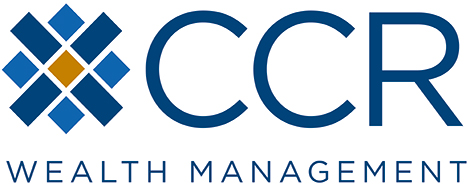Let’s See That “Retirement Smile!”
Although many people view retirement as one stage of life, it’s actually three! Each stage is reflective of your health and independence and can significantly impact your wallet. The spending pattern throughout retirement is U-shaped, often referred to as "the retirement smile."
Spending is typically higher during the early and latter years of retirement, but it dips in the middle.
Your retirement plan and drawdown strategies should take into consideration these three stages and their financial implications.
The Go-Go Years
Early retirement is often referred to as the go-go or golden years. Your energy and health probably don’t feel much different from pre-retirement, but you might have more freedom and flexibility with your time.
Typical Spending Patterns in Early Retirement
With its newfound freedom, the go-go years are often characterized by higher spending as you tick off bucket list items, travel more, or buy luxury items. Fixed expenses could remain unchanged, but discretionary spending will likely increase. When you plan for this stage, however, you can spend confidently within your means.
The Slow-Go Years
During the slow-go years of retirement, you will likely still be active and mobile. But, overall, you might begin to slow down a little, and you might begin to experience a decline in health or independence.
Typical Spending Patterns in Middle Retirement
For most people, discretionary spending naturally decreases during this stage, as you adjust to a new, slower pace of life. Although you might denote a slight increase in healthcare costs, your main financial focus will likely be centered on maintaining and savoring a comfortable, enjoyable, and somewhat active lifestyle.
The No-Go Years
The latter stage of retirement is often referred to as the no-go years, and are still part of the adventure of retirement and life. Here, you will likely experience the biggest change in your energy levels and independent living, as well as increasing health challenges. It's beneficial to stay social, and enjoy the support and help you receive.
Typical Spending Patterns in Late Retirement
Overall household and discretionary spending tends to decline in late retirement. Meanwhile, spending on healthcare needs will likely increase significantly. Financial management and foresight are critical as your resources might have to cover specialized health and long-term care services.
Planning for Your Retirement Journey
It’s vital to plan proactively for these three stages. Doing so can help you maximize your lifetime savings so you can live out your dream retirement. Ideally, you should plan your drawdown strategy so as to create margin for the go-go years, stability for the slow-go years, and an adequate cushion for the no-go years. The more proactively you plan now, the more you can enjoy retirement as an adventure, with the confidence to embrace the best at every stage.
Let’s develop a plan and a wealth strategy for your ideal retirement. Contact your CCR financial professional today to set up a meeting to discuss.
Follow us on social media for more timely content delivered directly to your news feed!
